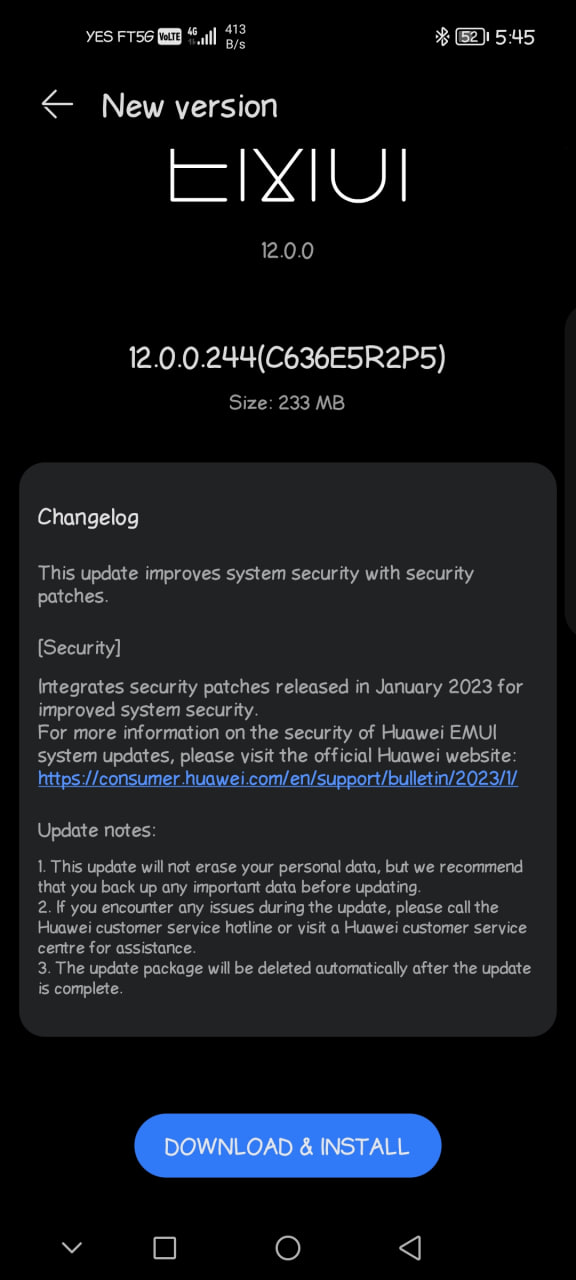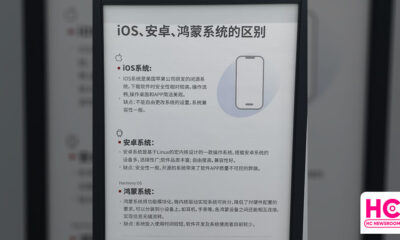EMUI
HarmonyOS: Here are the four technical features that defines this Operating System
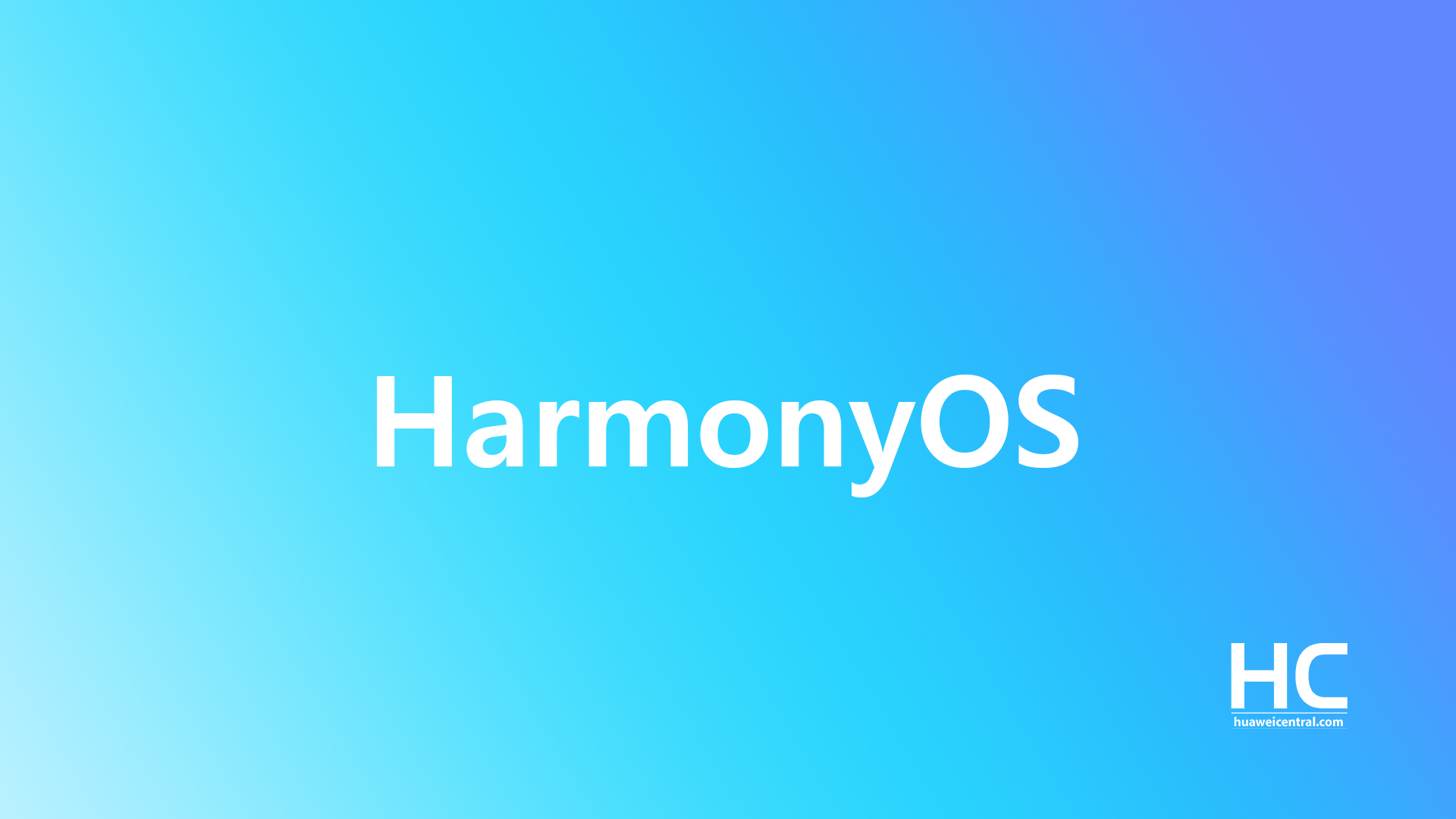
On August 9, 2019, at the Huawei Developer Conference, Huawei launched HarmonyOS – a new microkernel-based, distributed operating system designed to deliver a new user experience across all devices and scenarios.
HarmonyOS is tested on Huawei smartphones, migration will be easy if prohibited from using Android
According to Huawei, HarmonyOS was designed with four distinct technical features that define its promising experience.
1. Seamless:
By adopting distributed architecture and distributed virtual bus technology, HarmonyOS offers a shared communications platform, distributed data management, distributed task scheduling, and virtual peripherals. With HarmonyOS, app developers won’t have to deal with the underlying technology for distributed apps, allowing them to focus on their own individual service logic. Developing distributed apps will be easier than ever before. Apps built on HarmonyOS can run on different devices while delivering a seamless, collaborative experience across all scenarios.
2. Smooth:
HarmonyOS will address underperformance challenges with a Deterministic Latency Engine and high-performance Inter Process Communication (IPC). The Deterministic Latency Engine sets task execution priorities and time limits for scheduling in advance. Resources will gravitate toward tasks with higher priorities, reducing the response latency of apps by 25.7%. The microkernel can make IPC performance up to five times more efficient than existing systems.
3. Secure:
HarmonyOS uses a brand-new microkernel design that features enhanced security and low latency. This microkernel was designed to simplify kernel functions, implement as many system services as possible in user mode outside the kernel, and add mutual security protection. The microkernel itself provides only the most basic services like thread scheduling and IPC.
Harmony OS’s microkernel design uses formal verification methods to reshape security and trustworthiness from the ground up in a Trusted Execution Environment (TEE). Formal verification methods are an effective mathematical approach to validate system correctness from the source, while traditional verification methods, such as functional verification and attack simulation, are confined to limited scenarios. Formal methods, by contrast, can use data models to verify all software running paths.
HarmonyOS is the first OS to use formal verification in device TEE, significantly improving security. Besides, because the HarmonyOS microkernel has much less code (roughly one-thousandth the amount of the Linux kernel), the probability of an attack is greatly reduced.
4. Unified:
Powered by a multi-device IDE, multi-language unified compilation, and a distributed architecture kit, HarmonyOS can automatically adapt to different screen layout controls and interactions, and support both drag-and-drop control and preview-oriented visual programming. This allows developers to more efficiently build apps that run on multiple devices. With a multi-device IDE, developers can code their apps once and deploy them across multiple devices, creating a tightly integrated ecosystem across all user devices.
The HUAWEI ARK Compiler is the first static compiler that can perform on par with Android’s virtual machine, enabling developers to compile a broad range of advanced languages into machine code in a single, unified environment. By supporting unified compilation in multiple languages, the HUAWEI ARK Compiler will help developers greatly improve their productivity.
EMUI
Huawei Nova Y90 and Y70 grabs January 2023 EMUI update
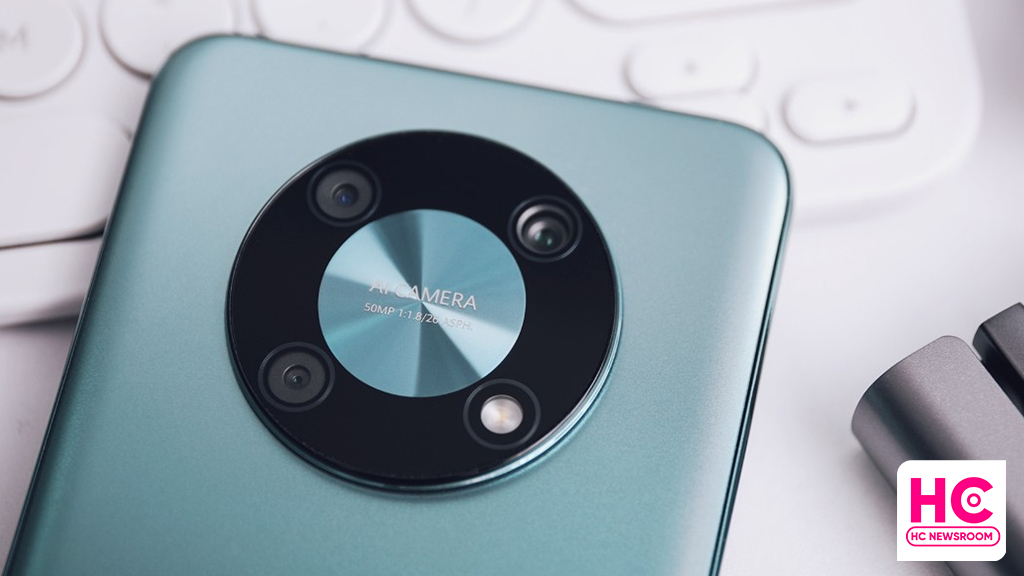
Huawei has released the January 2023 software update for the Huawei Nova Y90 and Y70 smartphones in the global market, and this firmware clearly improves these phones’ security aspects for a better user experience.
Both Huawei Nova Y90 and Y70 runs EMUI 12 out of the box but it would be interesting if the company could have sent EMUI 13 instead of the security patch. Speaking of which, no one knows, when Huawei will rollout EMUI 13 for global users for the time being.
Coming back to the rollout, January 2023 security update for Huawei Nova Y90 and Nova Y70 comes with EMUI version 12.0.1.177 and EMUI 12.0.1.202. This update is suggested to install on all of the devices sold marketed outside of China and will appear in batches.
We suggest the corresponding users look into the settings > then open System & updates, followed by a Software update, and then tap on CHECK FOR UPDATES. You can download the latest firmware also from the My Huawei app.
You should know that the update won’t erase your personal data but it is suggested for you back up any important data before updating the device. On the other hand, the package will be deleted automatically once the installation succeeds.
Thanks to the tipster for this amazing information, Masterpiece.
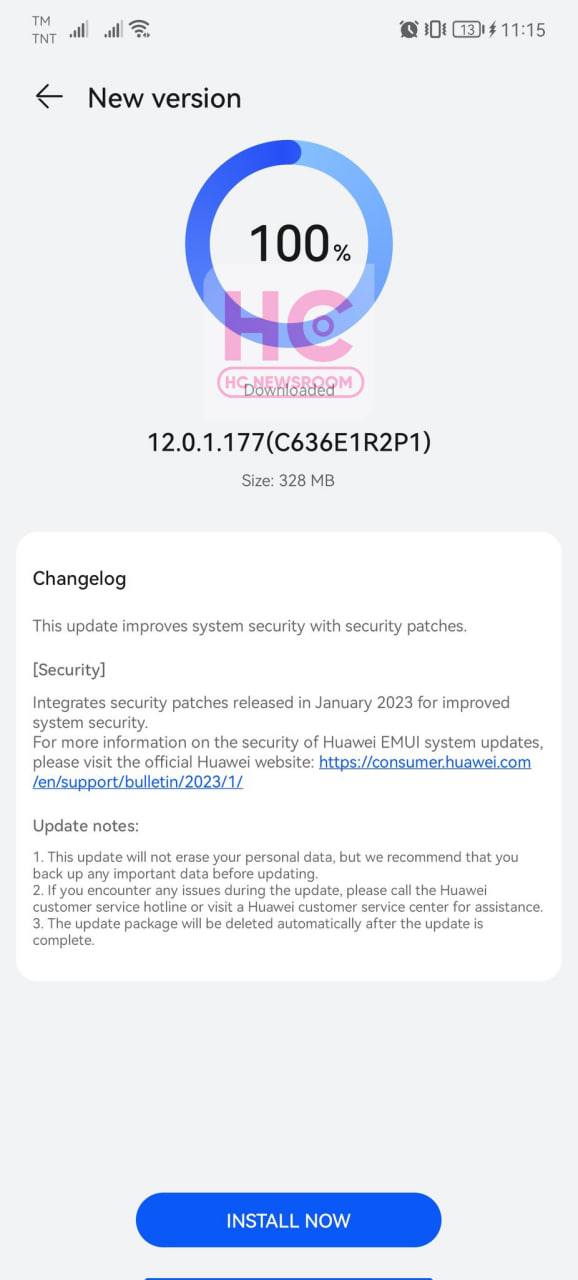
(via)
EMUI
Check February 2023 EMUI security patch details
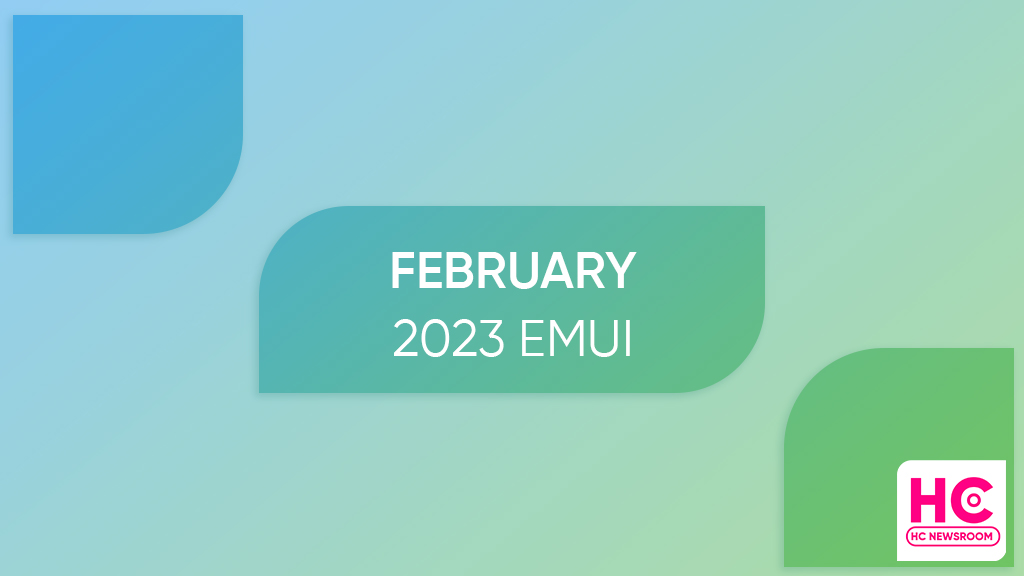
Huawei has released February 2023 EMUI security patch details that will fetch better safety for smartphones running EMUI 12.0.1, EMUI 12.0, and EMUI 11 in the global market.
In the meantime, Huawei keeps on sending security patches, optimizations, and other important performance upgrades over the OTA method directly to the devices.
Meanwhile, Huawei has not released the February 2023 EMUI security patch update for smartphones but it may soon be delivered to the corresponding eligible models.
Why it’s important?
Security patches are important and Huawei releases such upgrades for smartphones to implement high safety measures to guard the data and fight vulnerabilities. Such updates roll out monthly and quarterly sessions.
What fixed:
Huawei has fixed 2 issues in critical condition, 14 of them fixed in high mode, medium and low level of vulnerabilities are not recorded this time. While there are 23 common vulnerability exposures patched from the last firmware version.
Specifically, it fixes an unauthorized access vulnerability (CVE-2022-48286) in the multi-screen collaboration module, which could have affected the confidentiality of the files that you are sharing over the air.
There are two medium-level vulnerabilities fixed for Bluetooth modules, which could exploit user data. CVE-2022-48295 addresses the fix of authentification of the IHwAntiMalPlugin API, which could let malware attack your Huawei device.
Next comes the Huawei fix for permission management vulnerability in the SystemUI module, which may cause users to receive misleading broadcasts from malicious apps for storage exploitations.
Below you can check all of the CVE counts and codes mentioned in the February 2023 security bulletin.
Critical:
- CVE-2022-22088, CVE-2022-41674
High:
- CVE-2022-20456, CVE-2022-20461, CVE-2022-20489, CVE-2022-20490, CVE-2022-20492, CVE-2022-20493, CVE-2022-20494, CVE-2023-20905, CVE-2023-20913, CVE-2023-20915, CVE-2023-20920, CVE-2023-20921, CVE-2022-33255, CVE-2022-32635
Already included in previous updates:
- CVE-2022-20504, CVE-2022-20506, CVE-2022-20513, CVE-2022-20515, CVE-2022-20516, CVE-2022-20517, CVE-2022-20518, CVE-2022-20520, CVE-2022-20521, CVE-2022-20525, CVE-2022-20528, CVE-2022-20530, CVE-2022-20537, CVE-2022-20539, CVE-2022-20541, CVE-2022-20544, CVE-2022-20546, CVE-2022-20552, CVE-2022-42535, CVE-2022-42542, CVE-2022-20496, CVE-2022-20566, CVE-2021-39793
February 2023 security patch may take some time to toss over the devices and we’ll keep you posted.

EMUI
Huawei Nova 7 January 2023 EMUI update is expanding

Huawei is expanding the January 2023 security patch for Nova 7 global version that improves the phone’s capability against potential threats. According to the information, Huawei Nova 7 January 2023 EMUI update comes with version 12.0.0.244 and 233 megabytes. This update is rolling out in batches began to rollout early last month.
You can check for the update via Settings or via the My Huawei app. Below you can see the update changelog:
This update improves system security with security patches.
Security:
- Integrates security patches released in January 2023 for improved system security.
Update notes:
- This update will not erase your personal data but we recommend that you back up only important data before updating.
- If you encounter any issues during the update contact the Huawei customer service hotline.
- The update package will be deleted automatically after the update is complete.
Thanks to the tipster – Mohammed for this amazing update.
